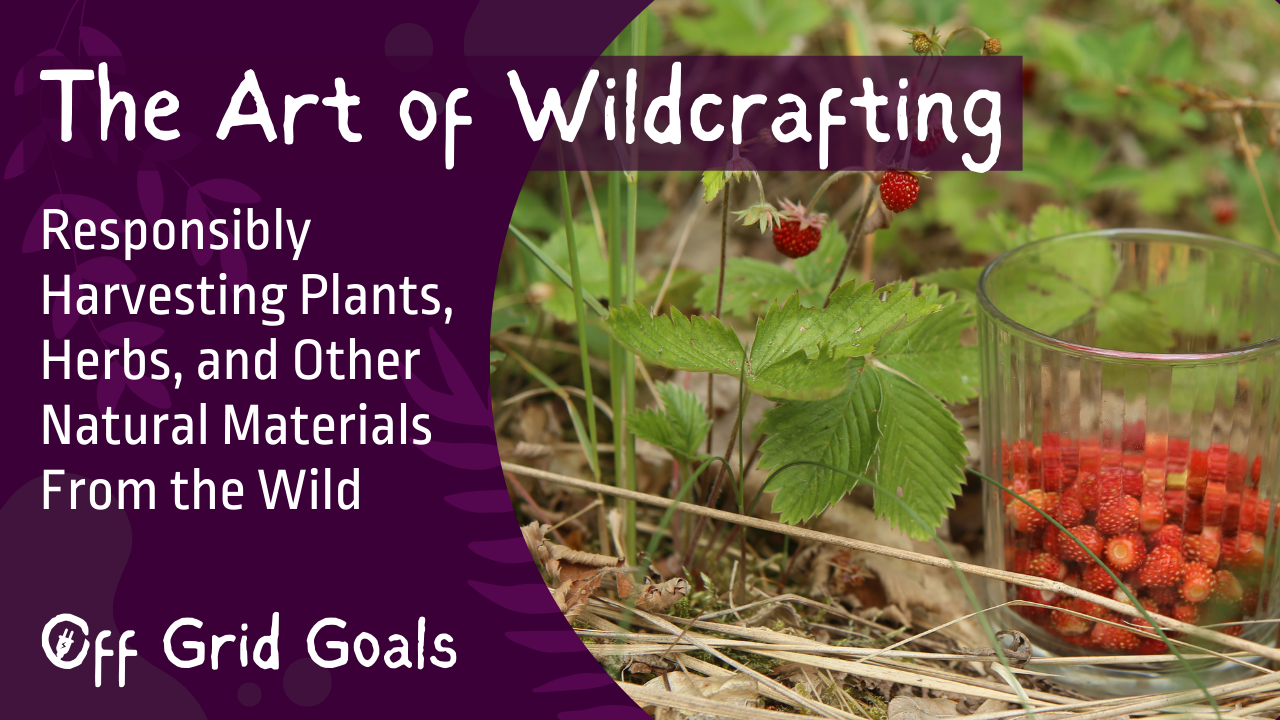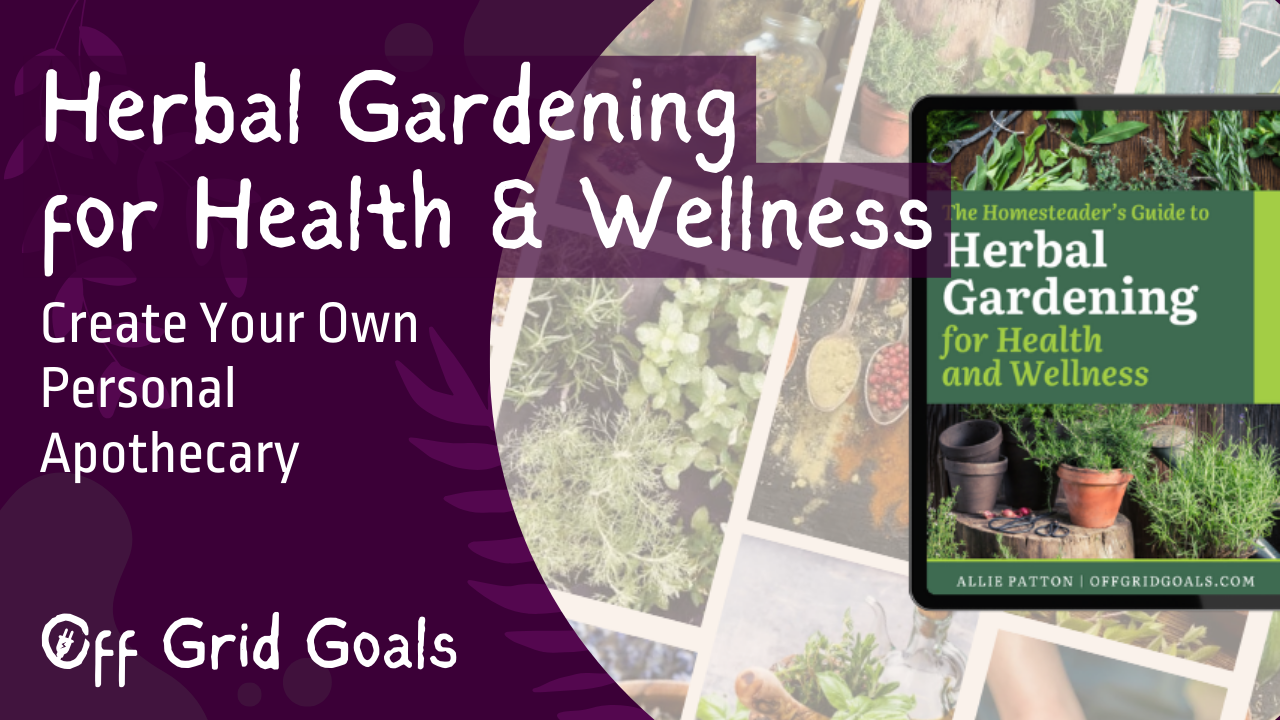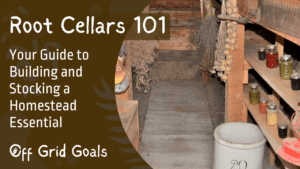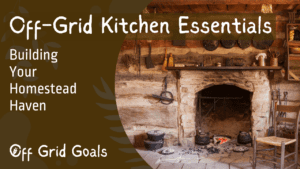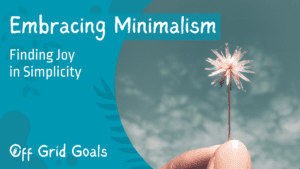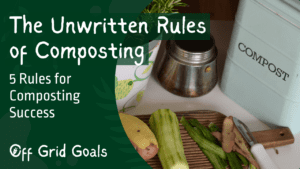Wildcrafting is an amazing way to reconnect with nature and our appreciation for what it provides.
Rooted in ancient traditions and sustainable living principles, wildcrafting is the art of responsibly harvesting plants, herbs, and other natural materials from the wild for food, medicine, and crafts. It also promotes conservation and self-sufficiency.
The Essence of Wildcrafting
At its core, wildcrafting is about forging a harmonious relationship with the land and its inhabitants. It involves respectfully gathering wild plants and materials in their natural habitats while honoring the ecosystem’s balance and resilience.
Unlike commercial harvesting, which often prioritizes profit over sustainability, wildcrafting emphasizes ethical practices that ensure the continued abundance of natural resources for future generations.
Ethical Guidelines for Wildcrafting
Responsible wildcrafting involves adhering to ethical guidelines that prioritize the well-being of both the environment and the communities that depend on wild resources:
- Know Your Plants: Before embarking on a wildcrafting expedition, familiarize yourself with the plants in your area, including their identification, habitat, and seasonal availability. This knowledge helps prevent accidental harvesting of endangered or protected species.
- Harvest Mindfully: Practice selective harvesting by taking only what you need and leaving behind enough plants to support their populations and ecological functions. Avoid over-harvesting or damaging the surrounding habitat.
- Respect Legal Regulations: Be aware of local regulations and permits governing wildcrafting activities, especially in protected areas or on private land. Obtain permission from landowners and authorities when necessary, and adhere to harvest limits and restrictions.
- Leave No Trace: Minimize your impact on the environment by practicing Leave No Trace principles. Pack out any trash, avoid trampling delicate vegetation, and tread lightly to preserve the integrity of the ecosystem.
- Cultivate Gratitude: Approach wildcrafting with a mindset of gratitude and reverence for nature’s gifts. Express appreciation for the plants you harvest and the wisdom they impart, fostering a deeper connection to the natural world.
Plants and Materials for Wildcrafting
Wildcrafters have a vast array of plants, herbs, fungi, and materials to choose from, depending on their geographical location and ecological niche. Some commonly harvested items include:
- Medicinal Herbs: Plants like echinacea, elderberry, yarrow, and nettle have long been prized for their medicinal properties, offering natural remedies for a variety of ailments.
- Edible Plants: Wildcrafters can gather wild edibles such as berries, greens, mushrooms, and nuts, supplementing their diets with nutritious and flavorful foods.
- Aromatic Herbs: Fragrant herbs like lavender, rosemary, sage, and thyme add aromatic depth to culinary creations, herbal teas, and handmade crafts.
- Natural Materials: Wildcrafters can collect materials such as branches, bark, feathers, and stones for crafting purposes, including basketry, woodworking, and ceremonial items.
The Benefits of Wildcrafting
Wildcrafting offers a multitude of benefits beyond the tangible harvest it provides:
- Connection to Nature: Engaging in wildcrafting fosters a profound connection to the natural world, deepening one’s appreciation for the earth’s beauty, diversity, and resilience.
- Self-Sufficiency: By learning to identify, harvest, and utilize wild plants and materials, wildcrafters develop valuable skills that enhance their self-sufficiency and resilience.
- Health and Well-being: Wildcrafted foods and medicines are often fresher, more nutritious, and free from harmful chemicals, supporting optimal health and well-being.
- Cultural Heritage: Many indigenous cultures have practiced wildcrafting for millennia, passing down traditional knowledge, rituals, and stories that enrich our understanding of the natural world.
Wildcrafting offers a pathway to reconnection, sustainability, and holistic living. By embracing the principles of ethical harvesting, cultivating a deep respect for the land, and nurturing a spirit of gratitude, wildcrafters can not only sustainably harvest nature’s bounty but also cultivate a profound sense of belonging and stewardship in the intricate web of life.
So step into the wilderness, listen to the whispers of the earth, and embark on a wildcrafting journey that nourishes body, mind, and soul.

